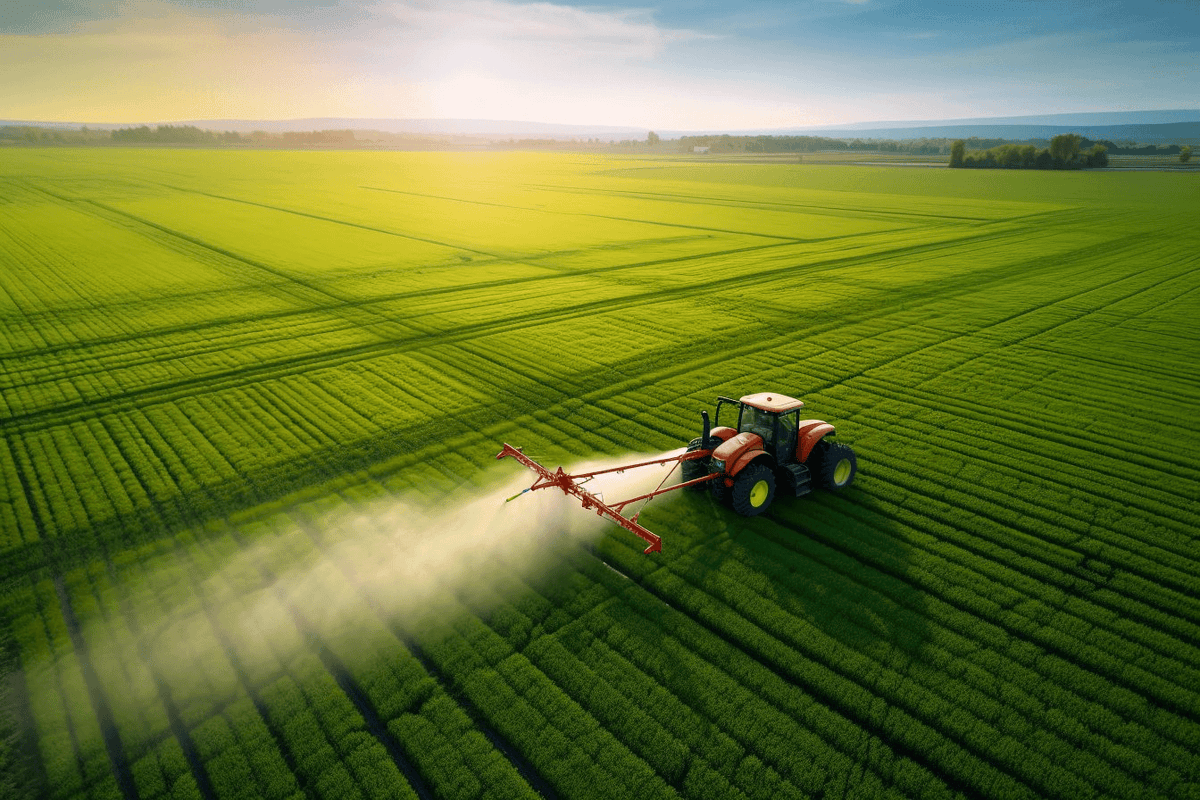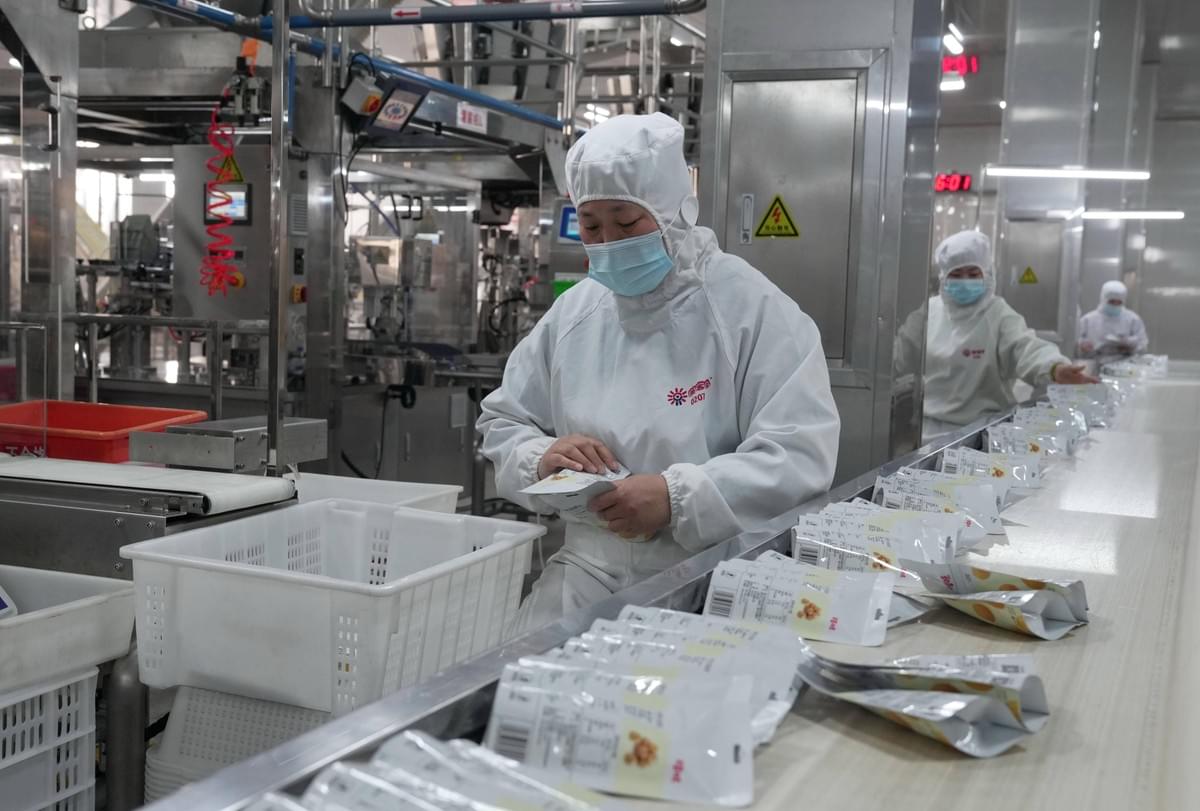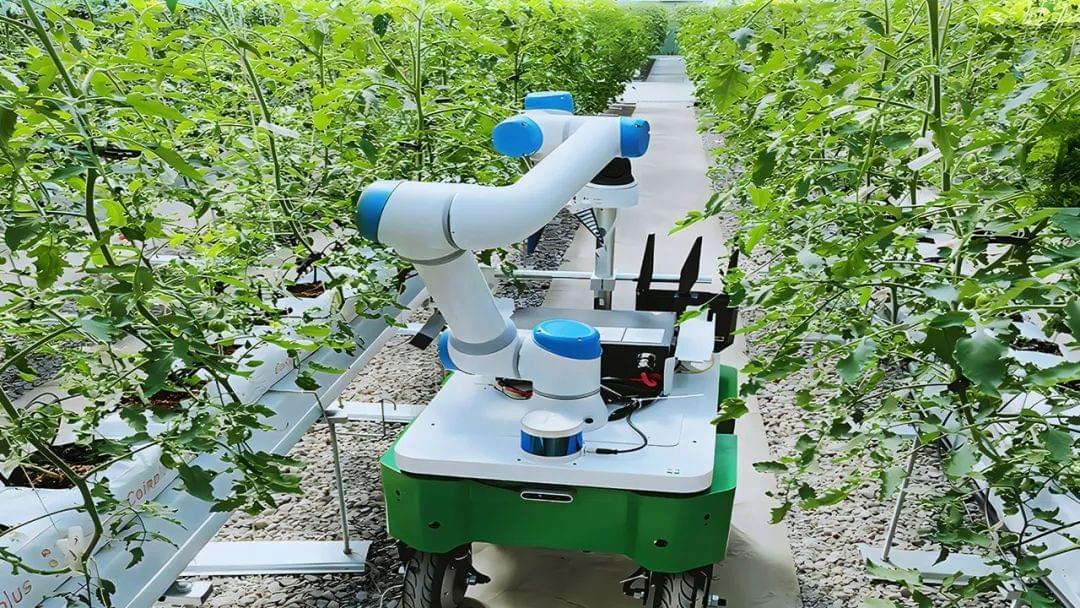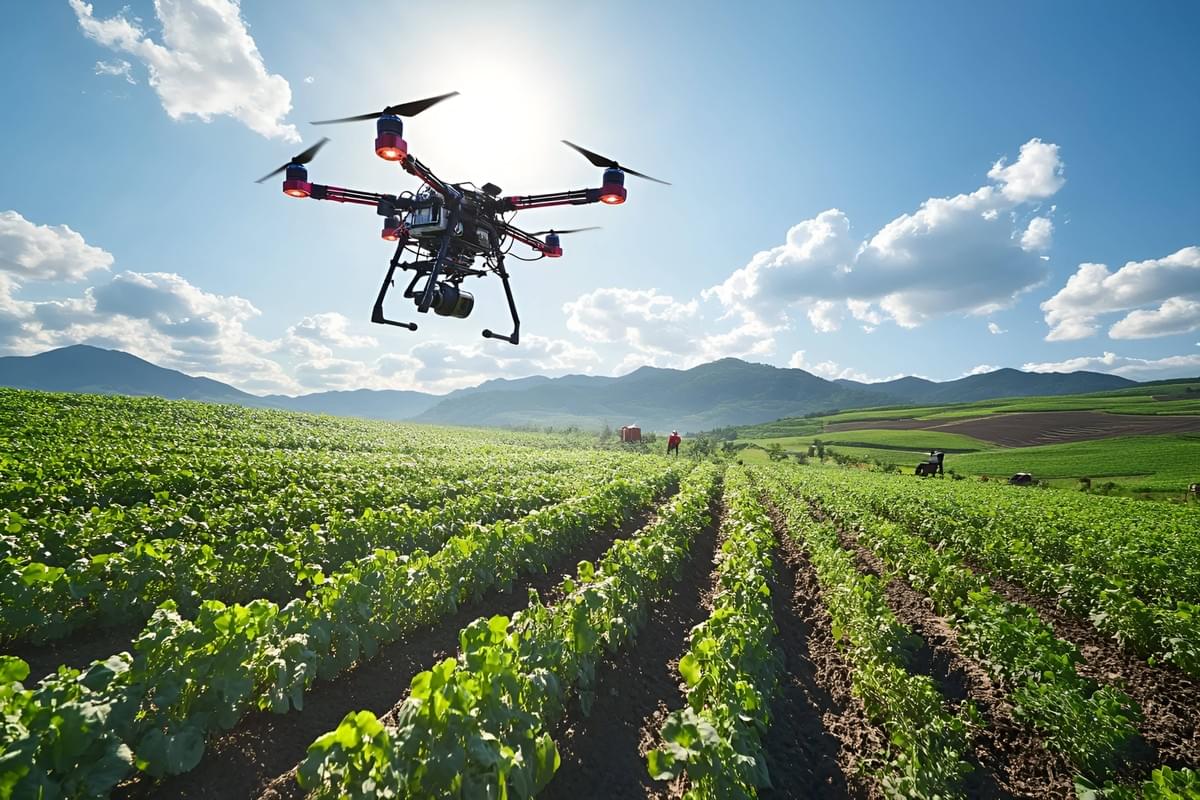



- SUPPLY CHAIN OPTIMIZATION
- …
- SUPPLY CHAIN OPTIMIZATION



- SUPPLY CHAIN OPTIMIZATION
- …
- SUPPLY CHAIN OPTIMIZATION


Precision Agriculture
Precision agriculture integrates GPS, sensors, and data analytics to optimize farming practices, enhance crop yields, reduce resource waste, and minimize environmental impact through precise management of inputs like water, fertilizer, and pesticides.

Agro-processing
Agricultural product deep processing transforms raw farm produce into value-added goods, extending shelf life, enhancing nutritional value, and diversifying product offerings. It involves advanced technologies like freezing, drying, fermentation, and packaging, boosting farmer incomes and meeting consumer demand for convenient, high-quality food.

Intelligent Agricultural Equipment
Investing in smart agriculture equipment is crucial for sustainable farming. It boosts efficiency, reduces labor costs, optimizes resource use, increases yields, and enhances crop quality, ensuring long-term profitability and environmental stewardship in the face of growing global food demand.

Hydroponics
Soilless farming uses less water and land, allowing for higher yields in urban areas. It also reduces pests and diseases, requires fewer pesticides, and offers better control over nutrient supply, leading to healthier, more consistent produce year-round.
AGRICULTURAL DRONE

The agricultural drone industry is rapidly expanding, with the global market size reaching $41.7 billion in 2022 and projected to grow to $182.2 billion by 2030, at a CAGR of 20.3%. In the US, drone-based precision herbicide application can increase revenue by $17 per acre. Japan leads in drone utilization, with 36% of its rice fields using drones for crop protection. China's agricultural drone sales have surged from 7,500 units in 2017 to 46,000 in 2022, with a 43.7% annual growth rate. These drones enable precise monitoring, targeted spraying, and data-driven farming, optimizing yields and reducing resource waste.
Agricultural Testing Equipment

Agricultural monitoring equipment, like sensors and drones, is widely adopted globally. In the US, precision agriculture uses advanced sensors for real-time crop health analysis, while Japan leads in drone usage for rice field monitoring, with companies like Murata Manufacturing developing soil and water sensors for high-precision measurements. Europe excels in extensive sensor networks for resource management, and China rapidly expands its drone fleet, as seen in projects like the "One Belt One Road" initiative for drought and pest monitoring in Kazakhstan. These technologies enhance yield and resource efficiency, exemplified by Murata's soil monitoring system improving agricultural resilience in Vietnam.
VERTICAL FARM

Vertical farming is an innovative agricultural model that utilizes vertical space for crop planting, enabling efficient production on limited ground through stacked planting racks or buildings. This approach combines modern technologies such as artificial lighting, environmental control systems, and sensor networks to optimize crop growth conditions.The global vertical farming market was valued at $6.92 billion in 2024 and is projected to reach $501 billion by 2032,growing at a compound annual growth rate (CAGR) of 30.1%3.
- The vertical farming produce market is also expanding, from $3.53 billion in 2023 to an estimated $18.3 billion by 20324.
Product Quality:
Ensure that the agricultural products provided are fresh, uncontaminated, and meet quality standards.
Adhere to Good Agricultural Practices (GAP) and food safety management systems.
Compliance
Comply with relevant national laws and regulations regarding agricultural production, such as pesticide use, seed management, and animal disease prevention.
Hold the necessary production licenses and business qualifications.
Sustainable Production
Employ environmentally friendly and energy-saving agricultural production methods, such as organic farming and ecological farming.
Pay attention to water resource management, soil conservation, and biodiversity.
Consider factors such as the environmental performance, safety, durability, stability, and reliability of [missing word - possibly "fertilizers".Offer necessary technical support, such as planting techniques, breeding techniques, and pest control.
RISK MANAGEMENT
Identify and assess risks in the production process, such as natural disasters, market fluctuations, and disease outbreaks.
Develop risk response strategies, such as insurance and diversified production.
Consider preferential policies for long-term cooperation and bulk purchases.
AUSTRLIA
canada
brazil

copyright ® 2025
villeneuve management
powered by Shanghai Villeneuve Info Tech Co.,Ltd & Shanghai Ludus Co.,Ltd
copyright ®
2025 villeneuve management






